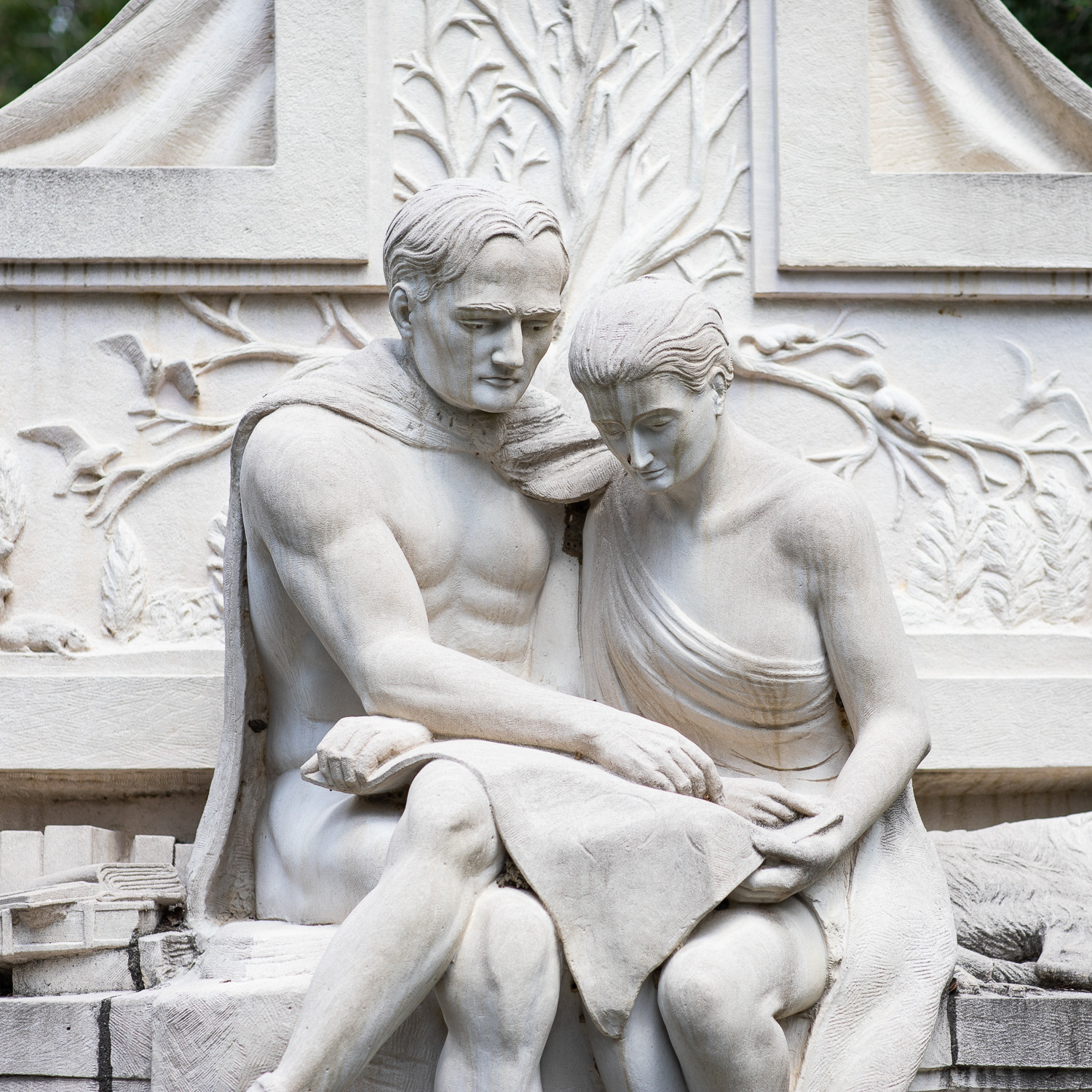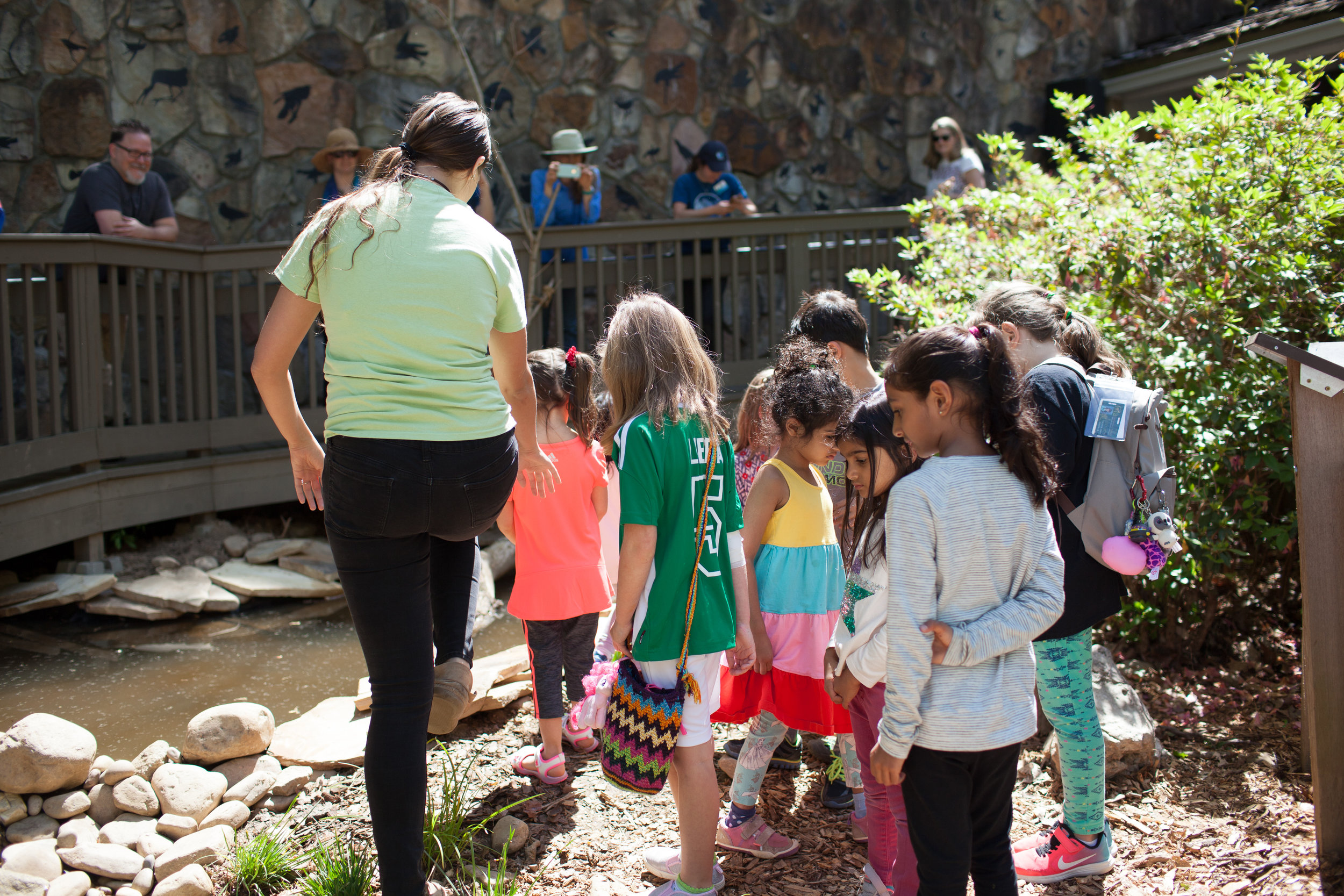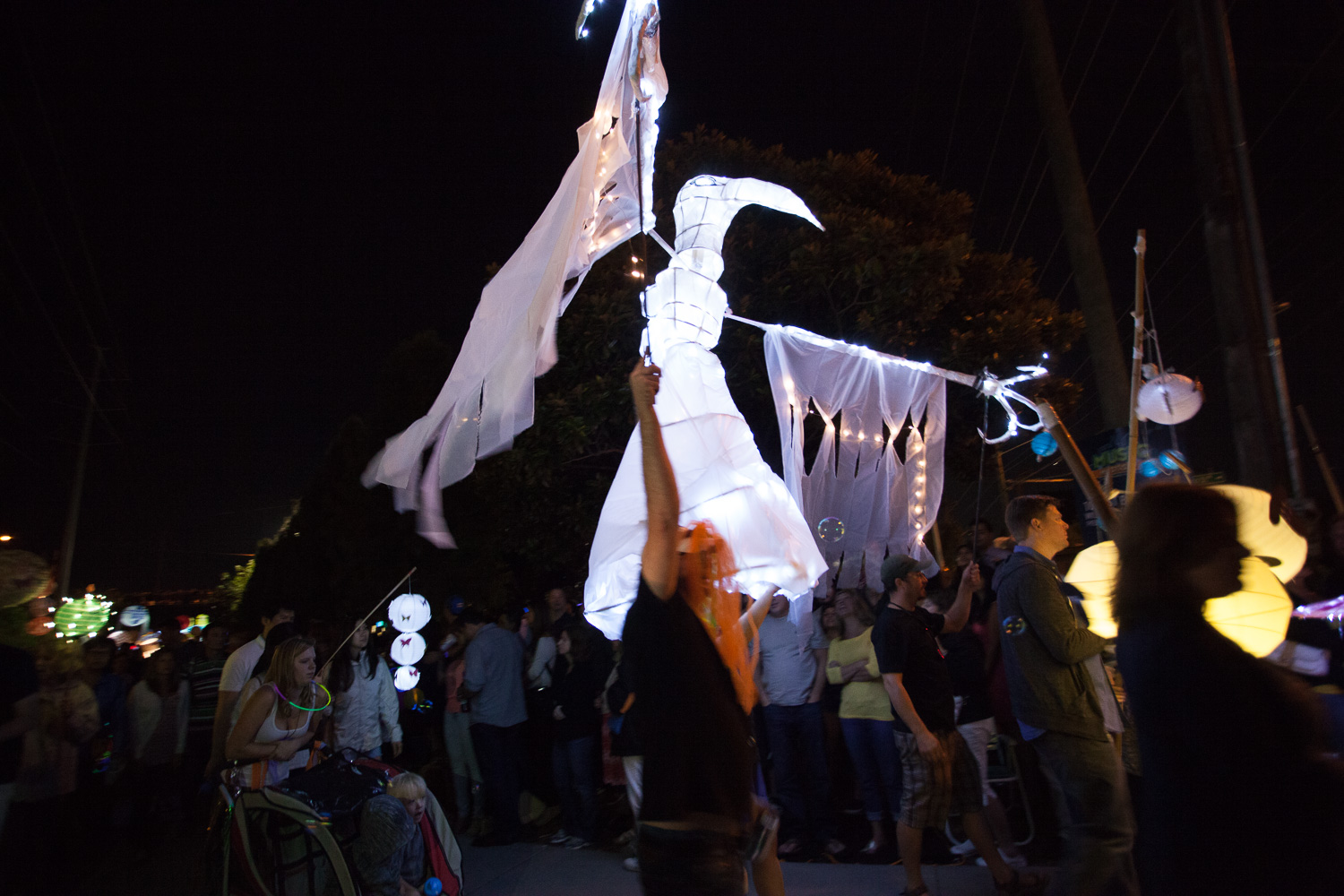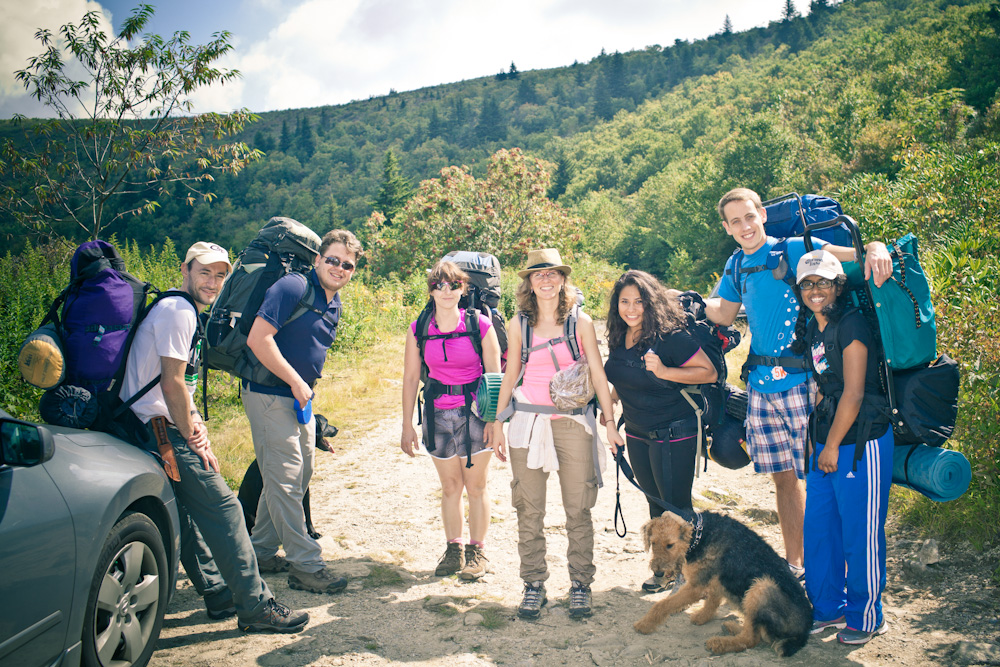Visiting the Rosecliff Mansion in Newport, RI
I visited Newport, RI in June 2018 and along the way stopped in two of the Gilded Age mansions: The Elms and Rosecliff. I chose these two mansions as I had visited The Marble House and the Breakers about seven or eight years ago and wanted to see a different set of the Gilded Age mansions. This post focuses on the Rosecliff Mansion, which is one of the smallest of the Gilded Age mansions in Newport, RI.
The exterior of Rosecliff from the backyard.
History of the Rosecliff Mansion
Rosecliff was built by Theresa ("Tessie") Fair Oelrichs, a silver heiress from Nevada, whose father James Graham Fair was one of the four partners in the Comstock Lode. Tessie was the wife of Hermann Oelrichs, American agent for Norddeutscher Lloyd steamship line. She and her husband, together with her sister, Virginia Fair, bought the land in 1891 from the estate of George Bancroft and commissioned the architectural firm of McKim, Mead, and White [1] to design a summer home suitable for entertaining on a grand scale.
The commission for Rosecliff occurred in 1899, in which principal architect Stanford White modeled Rosecliff after the Grand Trianon, the garden retreat of French kings at Versailles. After Rosecliff was completed in 1902, at a reported cost of $2.5 million, Mrs. Oelrichs hosted opulent parties and displays of entertainment here, including a fairy tale dinner and a party featuring famed magician Harry Houdini.
Rosecliff is now preserved through the generosity of its last private owners, Mr. and Mrs. J. Edgar Monroe, of New Orleans. They gave the house, its furnishings, and an endowment to the Newport Preservation Society in 1971.
Interior Views of Rosecliff
The grand staircase in Rosecliff. Note how the architectural design of the top of the staircase resembles a heart.
Another view of the grand staircase at Rosecliff.
A grand piano in the ballroom.
"The Sea Monster" depicted in one of the framed photos.
A vase in a hallway between two rooms.
Dining room table.
Detail from one of the windows at Rosecliff.
Magazines on display.
Books and candles on an elegant marble table.
Bohemian Beauty: The Aesthetic Movement and Oscar Wilde’s Newport
During my visit to Rosecliff, there was a special exhibition on Bohemian Beauty and Oscar Wilde's visit to Newport, RI. This exhibition celebrates the ideas embodied by the artists, poets, and thinkers popular during the Aesthetic Movement (1870-1890), an important era of artistic experimentation in the United States and abroad. The exhibition features a selection of furniture, ceramics, wallpaper, glass, silver, paintings, and costumes illuminating the tenets of this “art for art’s sake” movement personified by its most influential impresario Oscar Wilde.
Oscar Wilde portrait at the Rosecliff special exhibition Bohemian Beauty: The Aesthetic Movement and Oscar Wilde’s Newport
As for Oscar Wilde's visit to Newport, the Preservation Society of Newport County provides an overview:
“In 1882 a 27-year old Oscar Wilde embarked on an 11-month tour of North America “to teach U.S. citizens the value of a good tea service and a well-hung picture in the family foyer.” He was sent to America to embody “fleshly poet” Reginald Bunthorne from the Gilbert & Sullivan comic opera “Patience.” Producer Richard D’Oyly Carte organized the visit to promote the play which was about to make its American debut. Instead, Wilde commenced playing himself. Upon disembarking at New York harbor, he purportedly told customs officials he had “nothing to declare except his genius.”
At the time of his tour Wilde was a proponent of the Aesthetic Movement in Britain (1870-90) but it would be another eight years before he published his only novel, The Picture of Dorian Gray and even longer before he produced a series of “devastatingly witty plays” that culminated in his most enduring artistic achievement in 1895, “The Importance of Being Earnest.”
Bohemian Beauty explores the message of aestheticism that Wilde brought to the New England seaside town. He was invited by Rhode Island native Julia Ward Howe to speak at the Newport Casino on July 15, 1882 to lecture on “The practical application of the principles of the aesthetic theory to exterior and interior house decoration with observations upon dress and personal ornaments.””
One of the ceramic pieces at the Bohemian Beauty exhibition at Rosecliff.
The Bohemian Beauty exhibition runs through November 4, 2018 at Rosecliff.
Rosecliff in Popular Culture
The ballroom of the Rosecliff Mansion was used to film scenes for the 1974 version of The Great Gatsby, as well as other films such as High Society, 27 Dresses, True Lies, and Amistad.
If You Go
Rosecliff is one of the Newport mansions that's open year-round. Confirm the schedule here.
I would recommend purchasing a ticket to Rosecliff with another Newport mansion, as you'll save some money doing so. Since most of the Newport mansions are within walking distance on Bellevue Avenue and don't take more than a couple of hours to explore, it's a good idea to see two mansions in a single day.
Location:
548 Bellevue Avenue
Newport, RI 02840
Notes
[1] The McKim of McKim, Mead, and White is the architect behind The Boston Public Library.




























































































































































































































